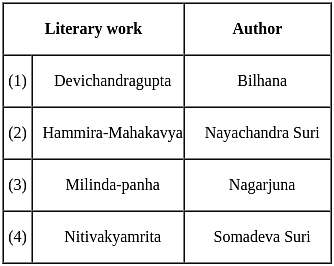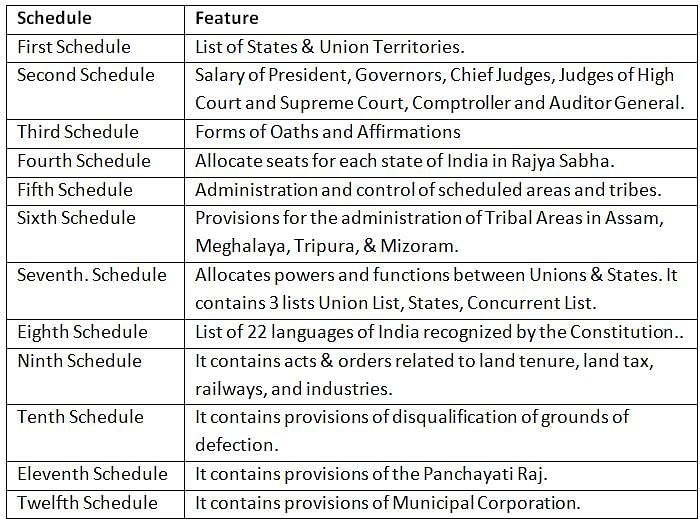RRB NTPC General Awareness Test - 1 - RRB NTPC/ASM/CA/TA MCQ
30 Questions MCQ Test RRB NTPC Mock Test Series 2025 - RRB NTPC General Awareness Test - 1
Which of the following scheme launched to provide quality education to scheduled caste students?
Bahmani Monuments at Gulbarga, Karnataka represent ________ style of architecture.
| 1 Crore+ students have signed up on EduRev. Have you? Download the App |
According to the 2011 Census of India, which of the following is the second most populous state in the country?
The inventor of the World Wide Web is _______.
Personal Disposal Income = Personal Income − ________.
Which article of the constitution mentions that "No person accused of any offence shall be compelled to be witness against himself"?
The ozone layer is found in which of the following layers of the atmosphere?
In Calcium oxide the ratio of mass of Calcium and Oxygen is ________.
Ugadi is a Telugu festival celebrated on the occasion of _______.
The New Parliament building in India is designed by which architect?
With reference to ancient Indian History, consider the following pairs:

How many of the above pairs are correctly matched?
The Nagarhole National Park is a part of which of the following biosphere reserves?
Which one of the following pairs (Schedule Subjects) is not correctly matched?
In January 2024 who has been appointed as the Chairman of the 16th Finance Commission?
The situation in an economy that has very little or no growth for a prolonged period is called
No force acts on a current carrying conductor when it is placed ______.
Which of the following properties is NOT common to the elements in Group 1 of the Periodic Table?
According to the 2011 Census of India, the state of Bihar was the _____ most populated state of India.
Arrange the following Sultanate rulers in chronological order:
i. Mubaraq Khilji
ii. Khusarau Shah
iii. Muhammad Shah
iv. Alam Shah
Choose the correct code:
Which organization is associated with the estimation of the poverty line in India?
Anaerobic respiration takes place during heavy exercise. Which of the following is/are produced during anaerobic respiration ?
(A) Oxygen
(B) Alcohol
(C) Carbon dioxide
(D) Lactic acid
The amount of light entering the human eye is controlled by:


























